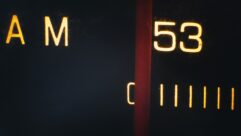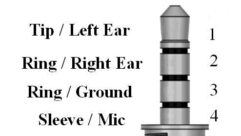
WAMU(FM) in Washington is the first station to transmit its HD Radio signal implementing asymmetrical sidebands and elevated carriers, according to the station and Nautel Ltd.
The announcement was made Tuesday at the Public Radio Engineering Conference, taking place in Washington just ahead of the Radio Show convention; Radio World is in attendance.
Advocates believe an approach using unequal HD Radio sidebands will help maximize coverage for stations that cannot implement a full digital power increase on both sidebands.
WAMU has an experimental authorization from the FCC for its asymmetrical sideband trial. WAMU CE John Holt told Radio World the station’s lower sideband is operating at –14 dBc and the upper sideband power level is –10 dBc. The station is using an NV40 transmitter.
Nautel says the trial shows that using its software maximizes the digital coverage while avoiding interference to its own analog signal and those of neighbor stations.
Nautel plans to demo its PowerBoost in Booth 6 of the convention.
(click thumbnail)
Shown is a graphic from the Nautel Advanced User Interface showing the asymmetrical sidebands.
Also shown is a map, part of the engineering study from NPR Labs prepared to determine WAMU’s options for IBOC sideband power.
According to NPR’s John Kean, it is a contour-based study map of neighboring first-adjacent stations (color-coded to identify whether they are lower- or upper-channel) and two contours of WAMU necessary for clearance at the blanket increase and maximum sideband power, as well as a terrain-sensitive map overlay.
In a summary prepared for Nautel, Kean noted: “The ITM (Longley-Rice) overlay supports a request for the maximum –13 dBc sideband power on the upper sideband on a long-term basis; the technical showing does not support maximum power on the lower sideband (–13 dBc, for a total of –10 dBc in combination with the upper sideband). However, this low-channel station will not be on the air for some time, permitting up to –10 dBc symmetrical power in the interim.”








